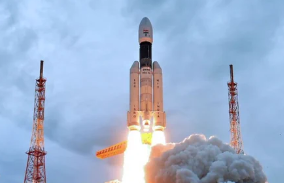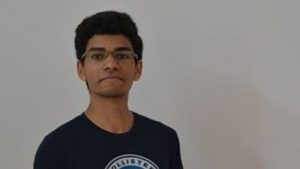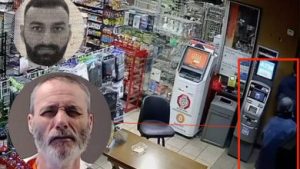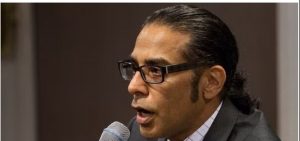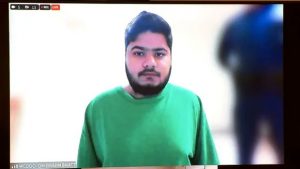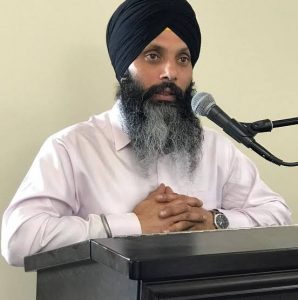India made history on Wednesday as it became the first country to soft land its spacecraft on Moon’s south pole. It was also the fourth country to demonstrate such a soft landing on moon
Chandrayaan-3’s touchdown on Wednesday near the little-explored lunar south pole came just days after a Russian probe crashed in the same region. On the momentous occasion Indian Prime Minister Narendra Modi said that the success of India’s moon mission belonged to the “whole of humanity” and not the nation’s alone.
Also Read | ISRO bags $279 million from global clients before Chandrayaan-3 launch
On Wednesday morning, India woke up to headlines such as “India reaches for the moon” and “It’s D-Day for moon mission” as people gathered in various parts of the world holding the national flag and singing patriotic songs as they awaited for the historic moment.
The latest attempt to land a spacecraft came after India’s failed attempt in 2019. Scientists at the time lost contact with the previous lunar module moments before its slated landing. For it’s latest achievement, India used rockets much less powerful than those the United States used back during the Apollo missions in the 1960s and 1970s. This meant that the probe had to orbit the Earth several times to gain speed before it could embark on its month-long lunar trajectory.
Former Indian space chief K Sivan said on Monday that the latest photos transmitted back from the lander gave every indication the final phase of the mission would succeed.
Also Read | How much did Luna-25 cost? Russia’s spacecraft crashes into moon after failed landing
“It is giving some encouragement that we will be able to achieve the landing mission without any problem,” he told AFP news agency.
Anil Kumar Bhatt, director general of the Indian Space Association, also told Al Jazeera he was confident the spacecraft will make a soft landing.
“India has already had two missions, Chandrayaan-1, which was a total success; Chandrayaan-2, which was partially successful, and of course, our lander at that time crash-landed but the lessons learned from that I am very sure have been picked up very well by our scientists,” he said. “And this time, they have had all the fail-safe mechanisms put into it, they have learnt the right lessons and I am very sure … we will have a very good news.”

